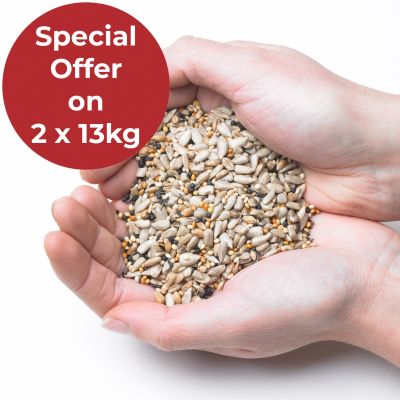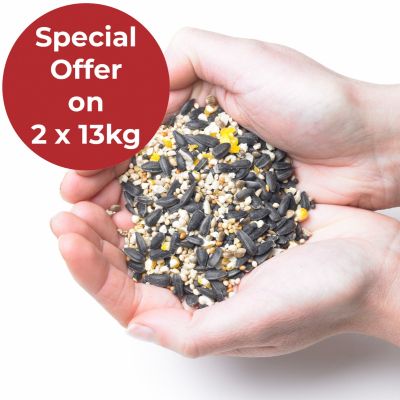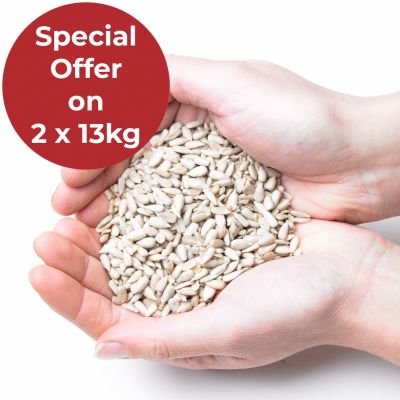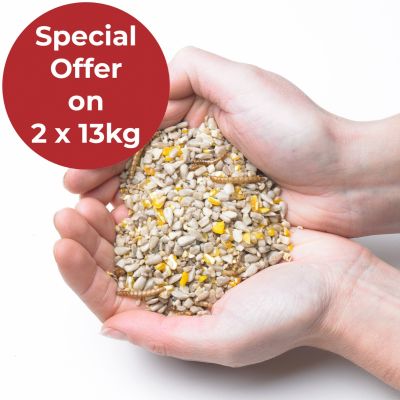Brambling Factfile
This is a very migratory bird from Scandinavia and across to Siberia, and is only here in the winter months – though a tiny number sometimes stay through the summer period and have even been known to breed. They can be found in beech woodlands and near to other wooded areas, and often visit gardens in search of food in mixed flocks with chaffinches. Unusually for a finch – or indeed songbirds more generally – the brambling significantly changes plumage through the seasons of the year. In the winter the male bird has a streaked head, orange breast plumage and a white rump, in the spring the males head becomes much darker in colour with a rich orangey red colour on his wings and breast. The females are not so bright and cheerful in colour, though have similar patterns in their plumage to the male.
Video footage of Bramblings
Brambling nesting and breeding habits
Hardly ever in the UK, but in Scandinavia and Siberia it breeds in taiga forests, birch woods and sub-Arctic birch scrub. The nest is normally in the fork of a tree, and is a neat cup similar to that of a chaffinch but a little bigger. One clutch of 5-7 eggs is laid.
Brambling history and population trends
The species has gone through a moderate population decline in the last 30 years or, but the number of birds is still huge and is estimated to be between up to 66 million in Europe alone.
Behaviour traits of Bramblings
Bramblings are highly gregarious outside of the breeding season, and form flocks of many thousands of birds on migration. Once in the UK flocks are typically smaller and will often be mixed with chaffinches.
Brambling diet and food
In their breeding range the main food is insects and caterpillars, and in the UK in winter includes seeds, berries and beechmast. In gardens, Bramblings will readily take to food put out for them and will even go onto hanging seed feeders. However, they’re more likely to feed on food which is on the ground, a table or ground feeder, with favourite foods including sunflower hearts and Premium Finch Mix.
What should I feed Bramblings?
We recommend the following products to help attract migrant Bramblings to your garden in the winter months.
Bird Food
Frequently Asked Questions
What kind of bird is a Brambling?
Bramblings are members of the finch family and are a similar size to a Chaffinch – a species they often flock with.
What is the difference between a Chaffinch and a Brambling?
Bramblings and Chaffinches do share some visual similarities, but overall the plumage is sufficiently different for the two to be distinguished fairly easily – both male and female. To see these differences, have a look at the Chaffinch page in this bird library as well.
Where can I see Brambling in the UK?
As Bramblings are a winter migrant to the UK from northern mainland Europe and will seek out food wherever they can, they can be found almost anywhere with the exception of more mountainous areas (e.g. Scottish Highlands). Bramblings can be attracted to gardens with the right food, with black sunflower seeds and sunflower hearts being ideal.
Which family of birds does the UK native Brambling belong to?
Bramblings belong to the finch family.
Is a Brambling rare?
The number of Bramblings that come to our shores each winter varies hugely and is dependent on factors such as weather and their breeding success that previous spring, with a typical minimum of 45,000 birds but van be up to 1.8m in boom years. In this respect, Brambling are certainly not rare when very high numbers come to the UK, but will be relatively scarce, and therefore harder to find, when far fewer do.











